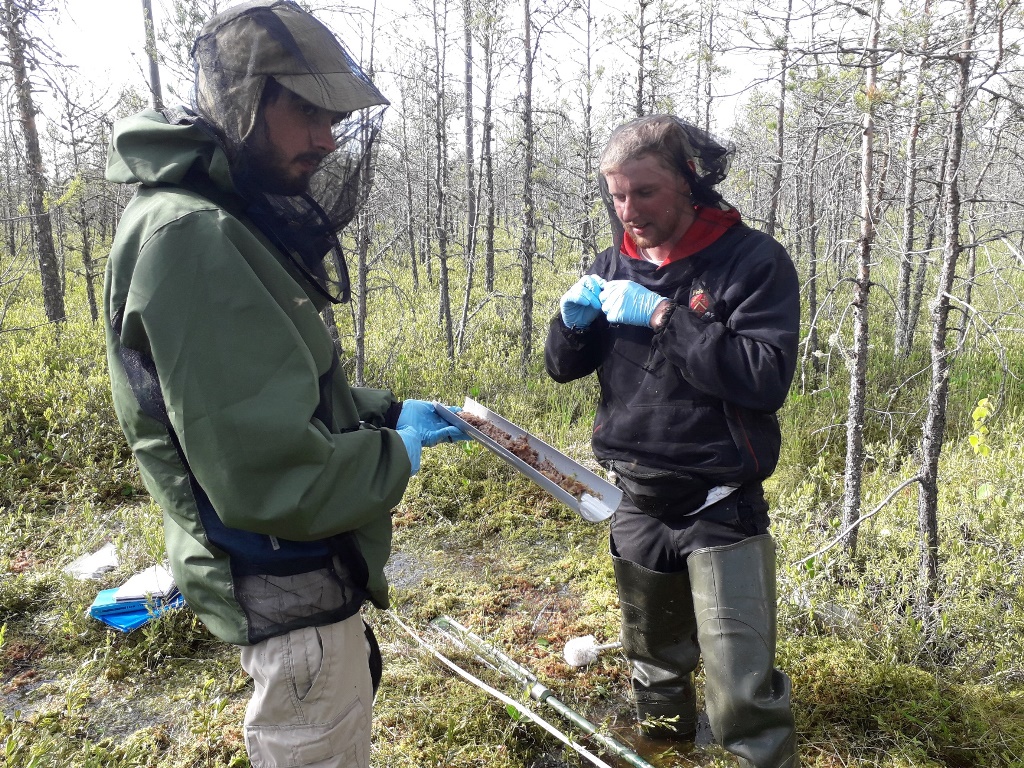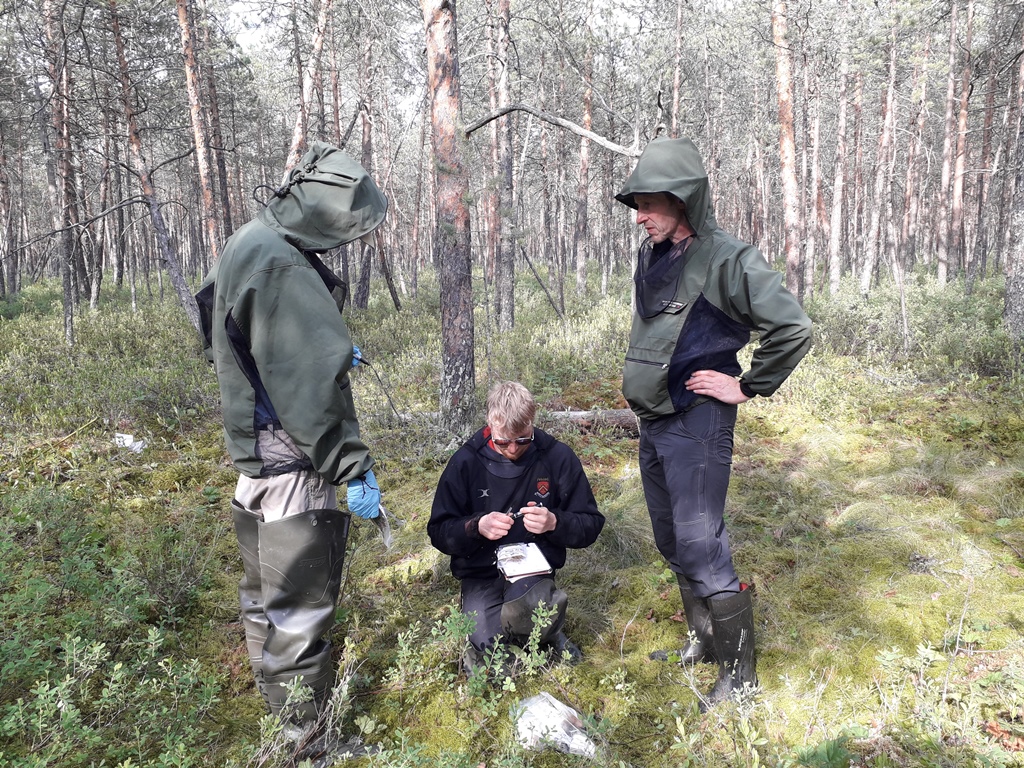Scientists from the University of York and their colleagues from TSU’s Сenter of Excellence Bio-Clim-Land have made an expedition to the Great Vasyugan Mire, where the stationary research station of Tomsk State University is located. The experts from Britain have been studying peatlands, which absorb greenhouse gases from the atmosphere - carbon and methane - and play an important role in cooling the planet. The study aims to find out how swamps reacted to climate change in the past, and to predict whether in the future peatlands will be able to fully perform their function as the Earth’s main refrigerator.
- Previously, we conducted research in North America, Europe, and in Kamchatka, where the swamps are not so large, - says Dr. Dmitri Mauquoy, from the University of York. - Great Vasyugan Mire is the largest in the world, so it was important for us to work there. Its massif consists mainly of upland swamps, or, as they are called, oligotrophic, having extremely poor food only in the form of precipitation. Because of this, all ecosystems of this type of swamp - plants, microorganisms, and others - are sensitive to climate change, they are extremely susceptible to waterlogging or drying.
Peatlands, which are a cool and acidic environment, retain information well about the climatic events of past centuries. To read the “chronicle” of the Great Vasyugan Mire, the researchers sampled the upper layers of peat. At the University of York, they will be botanically analyzed and studied by amoeba-scaly animals, shells and snails with a silicon testa, which is stored in peat for a long time. Scientists will assess what was the concentration of carbon over the past 150-200 years, how the climate was changing, and what the response of the water level was to these events.

The researchers will draw definitive conclusions based on information collected in different parts of the world - in Alaska, Kamchatka, in Western Siberia, and other regions. Emphasis will be placed on the reconstruction of paleoecological data on the largest and most poorly studied objects, one of which is the Great Vasyugan Mire, which is listed in the Guinness World Records.
- The results of this study are important not only for obtaining information about the past but also for predicting the future, - says Luke Andrews, a young scientist at the University of York. - So far, even the general question of whether peatlands will retain their ability to accumulate carbon in climate transformation conditions remains unresolved. But this factor is of decisive importance for the whole planet because the state of the environment directly depends on it.
According to the University of York scientists, working in tandem with the Siberians, they used an innovative IT-product for the first time that greatly accelerates and simplifies the sampling work. The creators of the program are at Ingeotech LLC (Tomsk), an enterprise organized 10 years ago in the small innovation zone of TSU.
- Usually, we have to use a notebook and a camera to fix data, - says Sergey Kirpotin, director of the Center for Excellence Bio-Clim-Land. - Now colleagues could enter all the data onto a tablet with the SISGEO program. It automatically maps the territory and with GPS binds the points of selection by coordinates and time. All text and visual information, including that received from the drones, is brought together, and at the output, we get an almost complete report. This reduces the amount of work and the time needed by at least 70 percent. We were accompanied on the expedition by one of the developers of the program - Vyacheslav Sechenov, who provided technical support and helped us a lot.
According to the researchers from Britain, they had not yet been able to work in such extreme conditions: blood-sucking insects, huge flies, and one place where they had to go a kilometer waist-deep in the water. Despite this, they would like to return to Siberia, because they had not yet encountered such large-scale and scientifically interesting objects as the Great Vasyugan Mire.

- Indeed, the conditions for work were extremely difficult. This year there is a lot of water on the swamp, almost like during a flood. I had to use a snow- and swamp-going vehicle. To find sites suitable for sampling, we recruited locals as guides. Despite all the difficulties, the tasks that the scientists faced were completed successfully,- says Sergey Fedko, director of the stationary research base Vasyuganskaya.
The expedition of scientists from Britain took place within INTERACT, the international research and monitoring program on the Arctic, in which TSU and the University of York are participants. Thanks to the network project, which unites about 90 scientific stations in different parts of the world, three TSU research bases have become accessible to international scientists.


